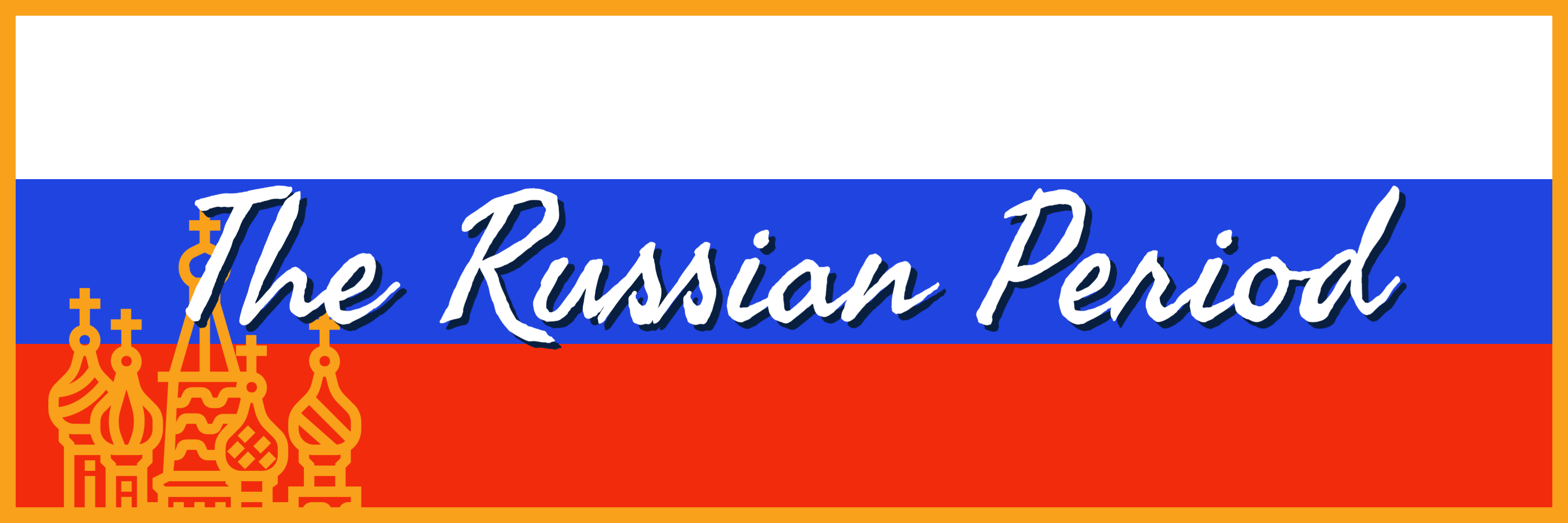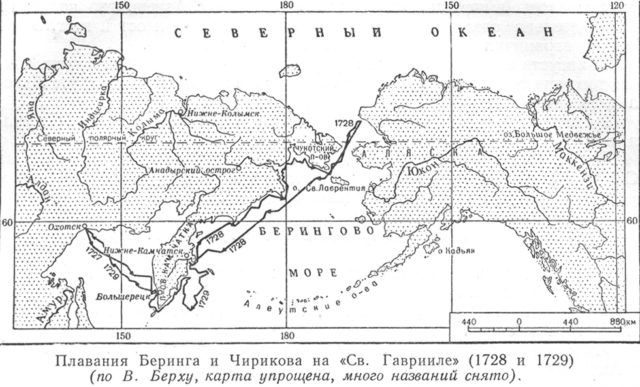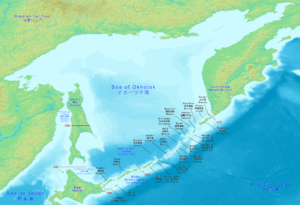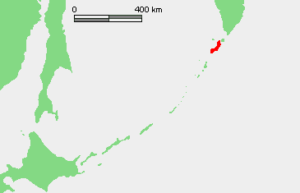This lesson is a portion of “Applying Knowledge of English Language Conventions and Usage” in the Reading and Language Arts GED Exam.
1. Explanation
Ordering a ‘sequence of events‘ is like putting a timeline to a story or text.

Events typically rely on previous ones in the story to make sense. In the above timeline, our character couldn’t win a contest without previously being born. Yet, they could have won the contest without gaining the new skill. Anything our character does is contingent on being born. But winning a contest isn’t necessarily contingent on gaining a new skill. The character could have gained a skill but never used it to win the contest. Therefore, we must rely on the author to give us evidence to understand why events happen. Making assumptions about why events happen without the author hinting or stating the cause can lead to mistakes.
Example:
When I woke up, I noticed it had snowed overnight. I quickly put my winter clothes on and rushed outside. The familiar landscape was now dominated by a white layer. The undisturbed completeness of the smooth powder nearly dissuaded me from ruining it. But since the opportunity presented itself to me before any other, I happily fell and sunk in.
The above passage couldn’t have happened without the first clause ‘When I woke up…’ because it logically precedes everything else. If we listed the above events into a sequence, it would look like:
- I woke up
- I noticed it had snowed overnight
- I put on my winter clothes
- I rushed outside
- I observed the once familiar landscape that was now covered in snow
- I fell and sank into the snow
2. Example
The below excerpt is a brief outline of the Russian Period in Alaskan history. This portion is an adaptation of An Alaska Anthology: Interpreting the Past.

Russia sailed to Alaska in 1741. Vitus Bering, a Russian Imperial Navy Captain, landed on Kayak Island. The trip was dangerous; half of the crew never made it. Those who did reaped high quality pelts for sale back home. Prior to this successful voyage, Vitus had spent six years searching for Alaska during the First Kamchatka expedition of 1725. This initial attempt, commissioned by Tsar Peter the Great, opened with an arduous odyssey from St. Petersburg to Okhotsk using sleds, horses, and small boats. It was plagued with difficulties: inexperienced men, not enough men, cold winter conditions, and starvation. Eventually, Bering and his shrunken party had finally arrived in the port town of Okhotsk in October.

“Охотск” or Okhotsk can be viewed at about 59° latitude and 143° longitude. The expedition would orbit the Kamchatka Peninsula coastline before heading toward the presently named Bering Strait.
Васи́лий Никола́евич Берх (1781—1834), Public domain, via Wikimedia Commons
The following winter, to which locals described as the worst they could remember, only intensified the food scarcity dilemma. Vitus Bering proceeded to strip locals of their flour, hollowing the bellies of the entire village. Aleksei Chirikov, Bering’s assistant with his own party, trailed behind on the route to Okhotsk with orders to bring fresh supplies. By June 1727, an advanced party of Chirikov’s party arrived in Okhotsk with 27 tons of flour. Bering’s second assistant, Dane Martin Spangberg, had already arrived in January of that same year. His party fared terrible winter weather and starvation, leading to him and two others advancing ahead of their party. Ten days later, sixty of the left behind men made it.
Before Bering, Chrikov, and Spangberg even began their expedition, a 20-meter-long ship was arranged to be built in Okhotsk. By June of 1727, the vessel now named Fortuna was finished. Simultaneously, the repair of a ship brought from Kamchatka was finalized. Vostok, Russian for East, was originally produced in Okhotsk in 1715 under orders from Peter the Great. A year after its creation, it completed a successful trip to the Kamchatka Peninsula and back. By 1717, passage from Okhotsk to Bolsheretsk was achieved, thus establishing a standard route. Peter the Great, infamously responded to the news of the successful voyage with a thirst for more exploration. He sent two geodesists, mathematicians skilled in calculating and mapping coordinates of the earth, to explore “not only north and south but also east and west.” Also, they were to “ascertain… whether or not Asia and America are joined by land” and “place on a map all that you [the geodesists] see.” Following Tsar Peter the Great’s orders, Fedor Luzhin and Ivan Evreinov left for Kamchatka in July of 1719.
Questions
2. During the First Kamchatka Expedition, what mode of transportation(s) did Vitus Bering use to get from St. Petersburg to Okhotsk?
2. During the First Kamchatka Expedition, what did Vitus Bering use to get from St. Petersburg to Okhotsk?
Peter the Great’s desire for Eastern expansion wasn’t exclusively rooted in his love for travel and exploration. Russia had much to gain economically through these laborious endeavors. Kamchatka itself stood as a strategic control point. Along with its abundance of fur, indigenous people in the area could be subjected to Iasak, a colonial fur-tax for hunting in Siberia. Kamchatka’s location also provided a gateway for trade to Japan and nearby islands for further colonial subjugation. Indeed, “Islands of Silver and of Gold” near Japan were spoke of by castaways taken to Moscow from Kamchatka. The possibilities that surrounded Kamchatka were only unfeasible due to the lack of surveying done. Thus, the geodesists Fedor Luzhin and Ivan Evreinov, who were both recent graduates of St. Petersburg’s new Naval Academy, were sent.
Leaving Okhotsk on the previously used Vostok, the pair arrived in Bolsheretsk in September of 1720. There, they met Kondratii Moshkov, who would pilot them toward the Kuril Islands south of Kamchatka. This route, contrary to the direction Peter had explicitly ordered, was a secret order. Possibly triggered by the castaway rumors of rich ores, Peter had covertly instructed the group to discover the relationship between these islands and Japan. The crew successfully visited five of the Kuril Islands before the Vostok was damaged by a sea storm. With their sail torn, the geodesists attempted to use a cannon and anvil as an anchor to halt them as they drifted by Paramushir Island. The cable holding the makeshift weight snapped, causing their helpless drift to continue.
By the luck of the sea and a wisp of sail, Luzhin, Evreinov, and Moshkov managed to land near the Bol’shaia River. Then, with minimal supplies, they limped back to their primitive small craft named Okhota and began toward Moscow. Meeting with Peter in Kazan, the two geodesists reported surprisingly accurate latitude predictions. Longitudal reckonings, on the other hand, were supposedly not so precise.
https://www.google.com/books/edition/Russia_in_Pacific_Waters_1715_1825/tJEDTIoVu7cC?hl=en&gbpv=1&dq=1715+peter+the+great+kamchatka&printsec=frontcover (p10) - 1716 Peter the Great https://www.google.com/books/edition/Bering_and_Chirikov/d_sUAAAAYAAJ?hl=en&gbpv=1&bsq=bering+vostok+ship&dq=bering+vostok+ship&printsec=frontcover (p152) Vostok


